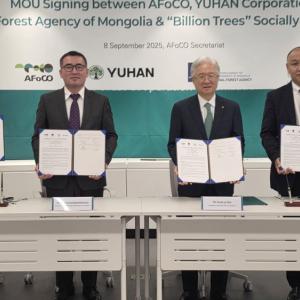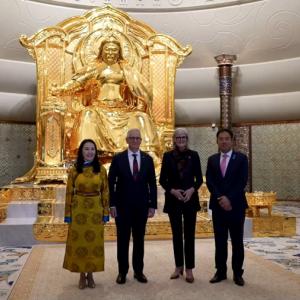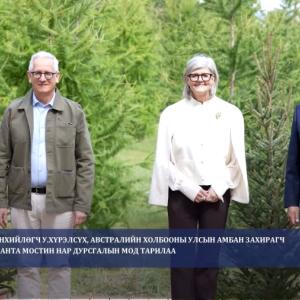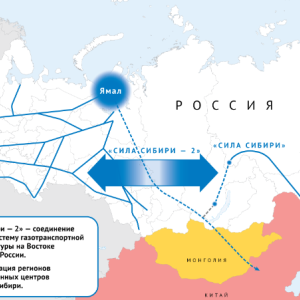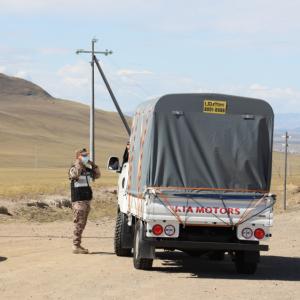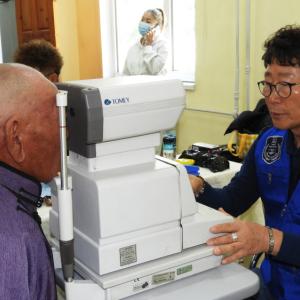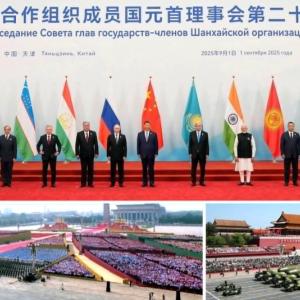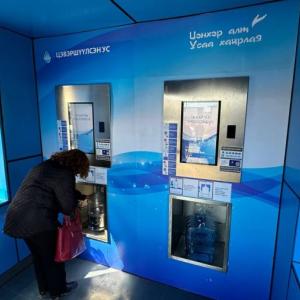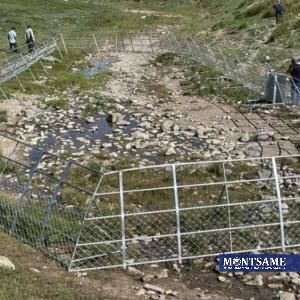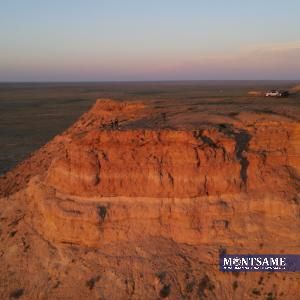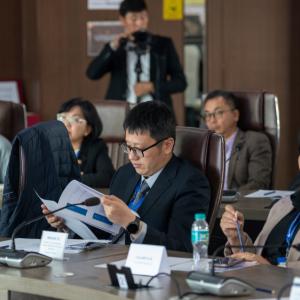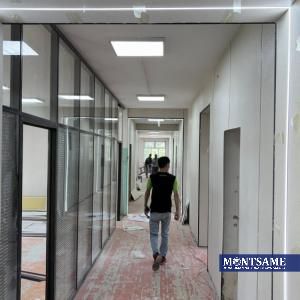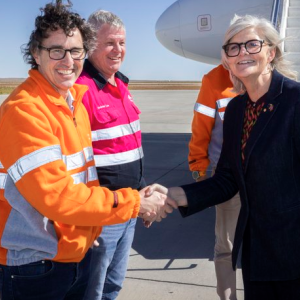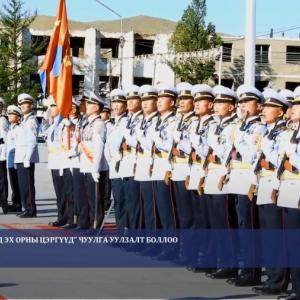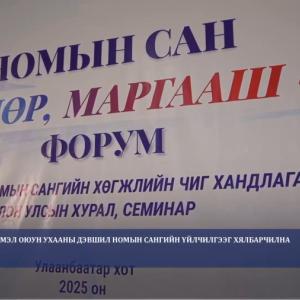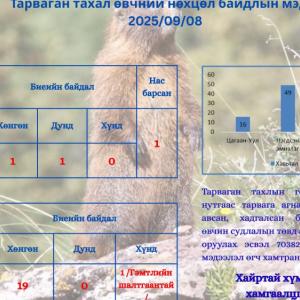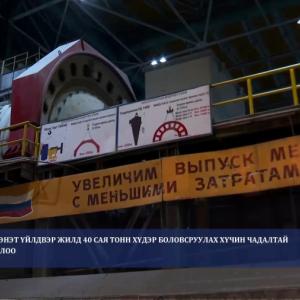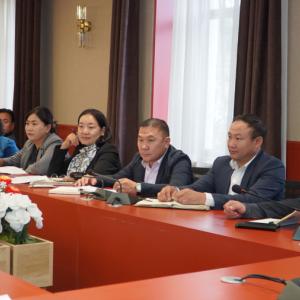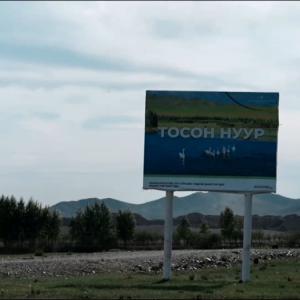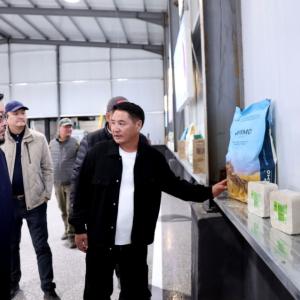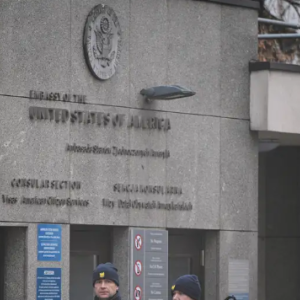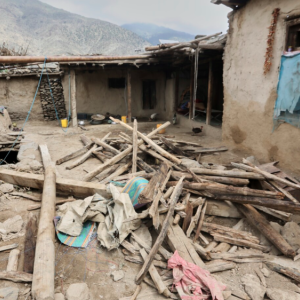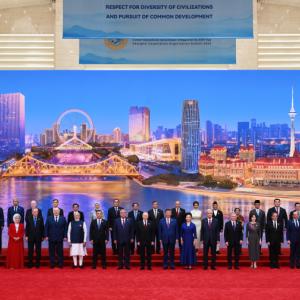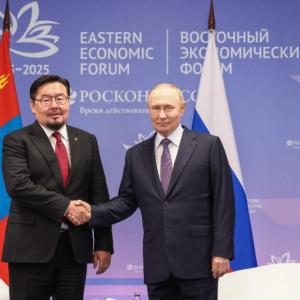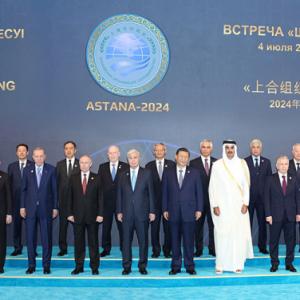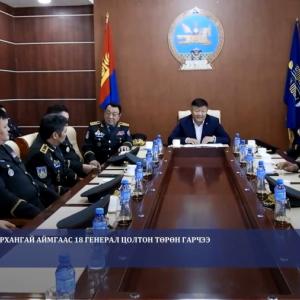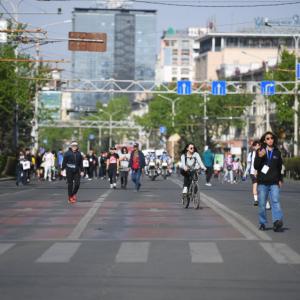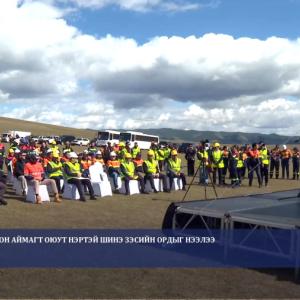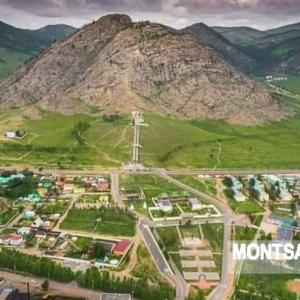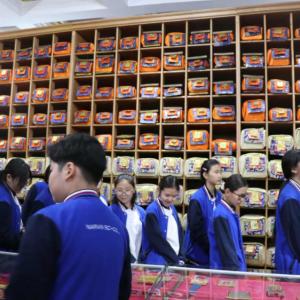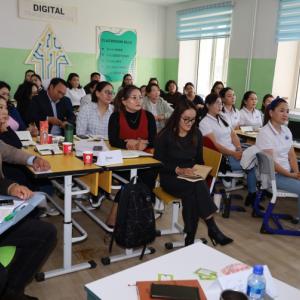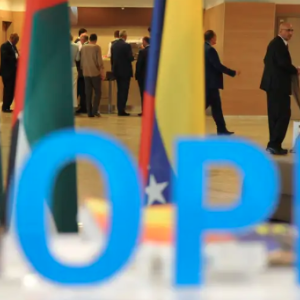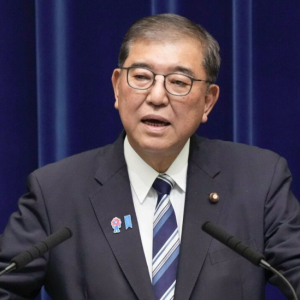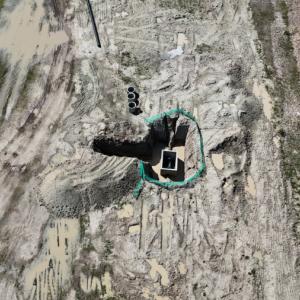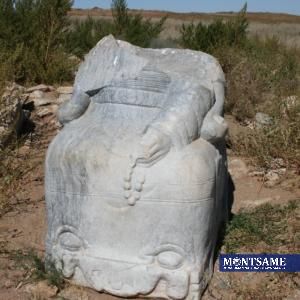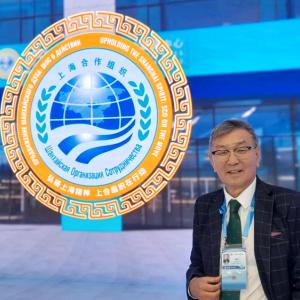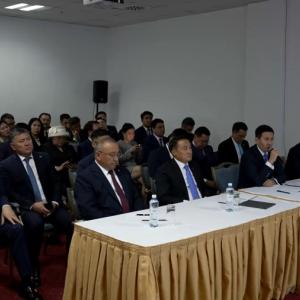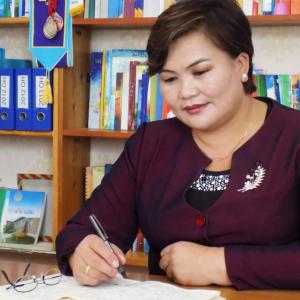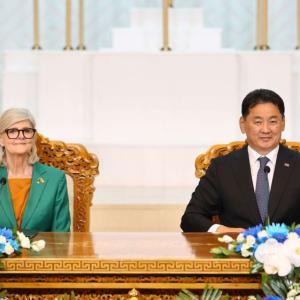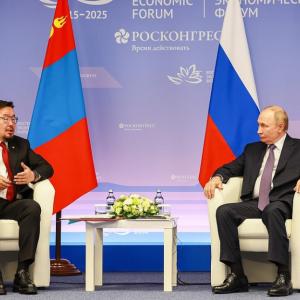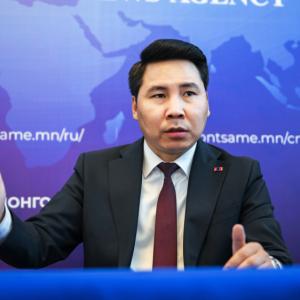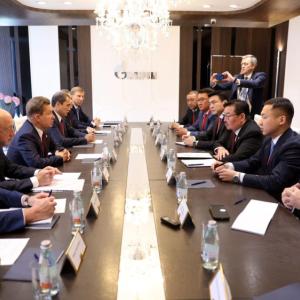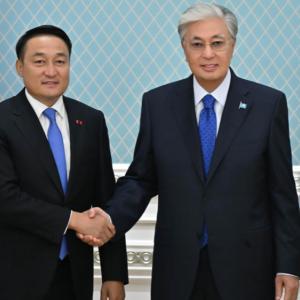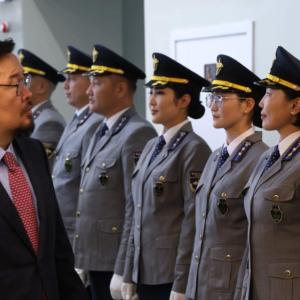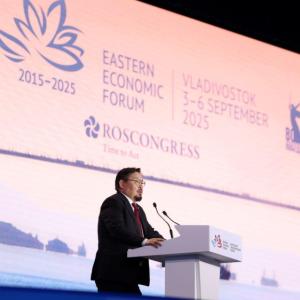Urban resilience discussed at the AMCDRR 2018
Politics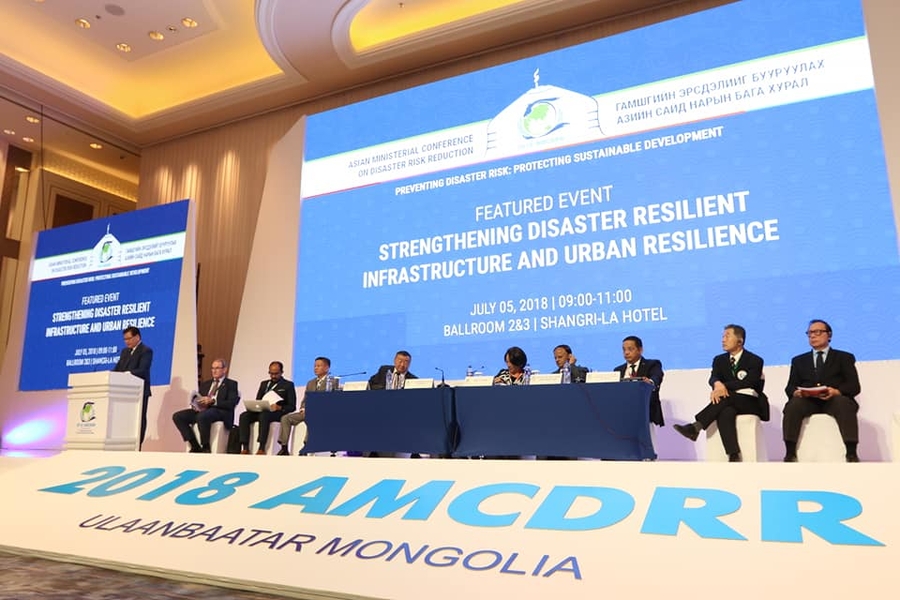
Ulaanbaatar /MONTSAME/ The Government of Mongolia is hosting a featured event ‘Strengthening Disaster Resilient Infrastructure and Urban Resilience’ at the AMCDRR 2018. The session discussed one of the pressing global issues: urbanization and its resilience.
Opening the session Minister of Construction and Urban Development Kh.Badilkhan, noted that the governments and stakeholders must incorporate the development of resilient infrastructure into broader urban resilience frameworks and initiatives.
Additional Principal Secretary to Prime Minister of India, Dr. P.K. Mishra mentioned the importance of exploding interdependency between disaster resilient infrastructure and urban resilience. “Steady progress in improving disaster resilient infrastructure can reduce the number of people affected by disaster and economic and infrastructure losses. With the improvement of infrastructure, we can meet the major targets and objectives of the Sendai Framework,” he said.
According to the Asian Development Bank (ADB) report, USD 1.7 trillion need to be invested to the Asian infrastructure, so that it meets the disaster resilience standards. Mr. Mishra also emphasized that the private sector involvement in improving urban resilience is crucial. He also noted that the investments to the resilient infrastructure is extremely beneficial and it is not an additional expense.
Supporting his statement, Special Representative of the UN Secretary-General for Disaster Risk Reduction Ms. Mami Mizutori raised the issue of making resilience a commodity. She agreed with Mr. Mishra on importance of involvement the private sector in resilient infrastructure. “Currently, I am not sure whether people are willing to pay extra for resilience, even if it is not that much. In 1992, at the UN Conference on Sustainable Development in Rio de Janeiro we raised the issue of green development and lifestyle. At that time people had no idea about it. However, after 20 years since then living green has become a trend and people want it. So how do we make to people want it and how the private sector must be involved in that? Instead of talking about disaster risk or impact, we must make people interested in it,” she said.
Deputy Prime Minister of Mongolia Kh.Enkhtuvshin and Deputy Chief of the NEMA, Colonel B.Uuganbayar introduced the current situation of urban development, ongoing projects and programs on urban resilience and pressing issues of Mongolia.
In addition to Earthquake Prevention Council and its branches in rural areas, the construction material testing laboratories were established throughout the country. They reinforce the reconstruction of buildings that don’t meet the standards. Disaster protection training center was established and early warning system through TV, radio and mobile phones has been developed in Mongolia. Mongolia became the first country in Asia Pacific to fully commit all municipalities to UNISDR's Making Cities Resilient Campaign.
Opening the session Minister of Construction and Urban Development Kh.Badilkhan, noted that the governments and stakeholders must incorporate the development of resilient infrastructure into broader urban resilience frameworks and initiatives.
Additional Principal Secretary to Prime Minister of India, Dr. P.K. Mishra mentioned the importance of exploding interdependency between disaster resilient infrastructure and urban resilience. “Steady progress in improving disaster resilient infrastructure can reduce the number of people affected by disaster and economic and infrastructure losses. With the improvement of infrastructure, we can meet the major targets and objectives of the Sendai Framework,” he said.
According to the Asian Development Bank (ADB) report, USD 1.7 trillion need to be invested to the Asian infrastructure, so that it meets the disaster resilience standards. Mr. Mishra also emphasized that the private sector involvement in improving urban resilience is crucial. He also noted that the investments to the resilient infrastructure is extremely beneficial and it is not an additional expense.
Supporting his statement, Special Representative of the UN Secretary-General for Disaster Risk Reduction Ms. Mami Mizutori raised the issue of making resilience a commodity. She agreed with Mr. Mishra on importance of involvement the private sector in resilient infrastructure. “Currently, I am not sure whether people are willing to pay extra for resilience, even if it is not that much. In 1992, at the UN Conference on Sustainable Development in Rio de Janeiro we raised the issue of green development and lifestyle. At that time people had no idea about it. However, after 20 years since then living green has become a trend and people want it. So how do we make to people want it and how the private sector must be involved in that? Instead of talking about disaster risk or impact, we must make people interested in it,” she said.
Deputy Prime Minister of Mongolia Kh.Enkhtuvshin and Deputy Chief of the NEMA, Colonel B.Uuganbayar introduced the current situation of urban development, ongoing projects and programs on urban resilience and pressing issues of Mongolia.
In addition to Earthquake Prevention Council and its branches in rural areas, the construction material testing laboratories were established throughout the country. They reinforce the reconstruction of buildings that don’t meet the standards. Disaster protection training center was established and early warning system through TV, radio and mobile phones has been developed in Mongolia. Mongolia became the first country in Asia Pacific to fully commit all municipalities to UNISDR's Making Cities Resilient Campaign.
Member of the National Disaster Management Authority of India Dr. Kamal Kishore introduced a presentation on Opportunities and Challenges of Disaster Resilient Infrastructure. “About 66 percent or two third of all public sector losses is infrastructure, so investing in resilient infrastructure is not a luxury, but a necessity,” he said. He also highlighted the importance of observation, forecasting and establishment of coalition. Nations, banks, institutions and private sector could form a coalition in order to share experiences, build capacity, invest in resilient infrastructure and make tangible contribution.
B.Misheel

 Улаанбаатар
Улаанбаатар


